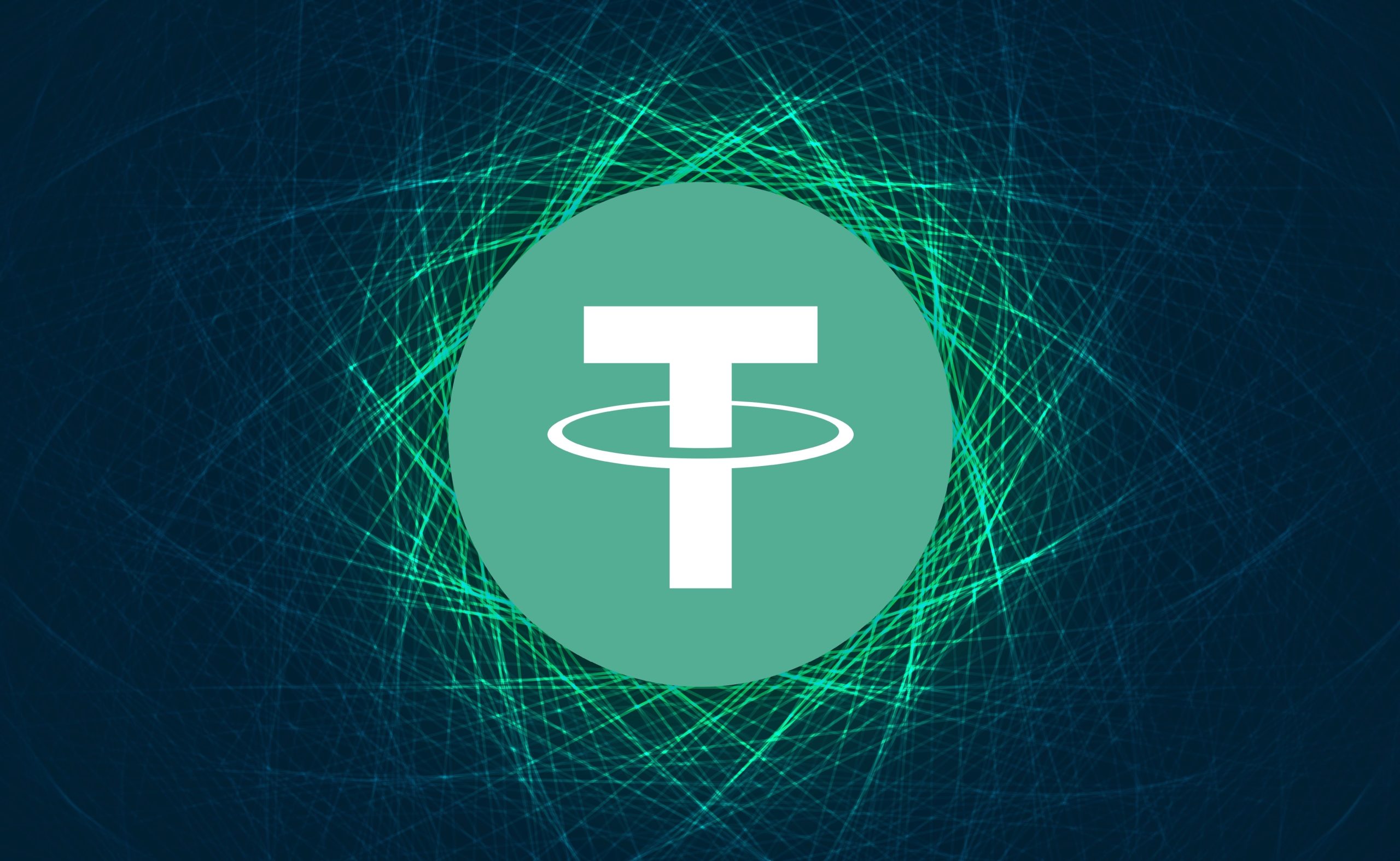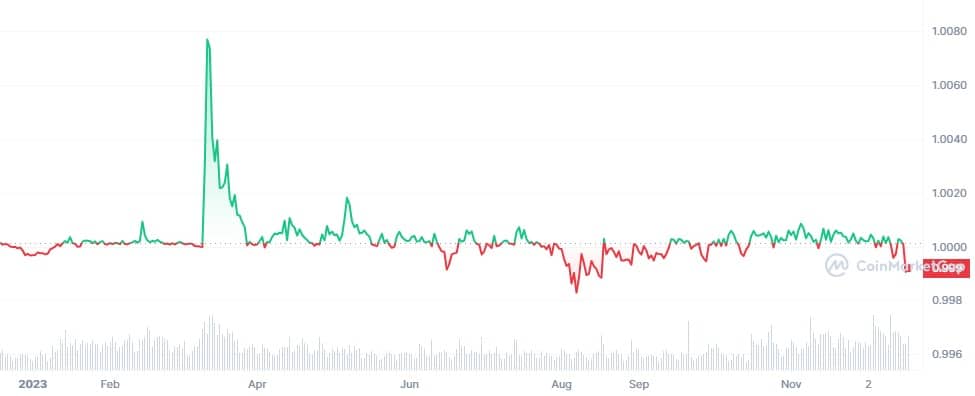Tether’s USDT Stablecoin Depegs from US Dollar on Exchanges After Company Froze $435M


Tether’s USDT, the largest stablecoin by market capitalization, depegged from its intended $1 price amid growing scrutiny over the company’s December 15 announcement of a wallet-freezing policy in collaboration with law enforcement agencies including the DOJ, FBI, and Secret Service.
Data from CoinMarketCap shows USDT dipping as low as $0.985 at times in major exchanges like Binance, Coinbase, and Kraken, indicating a deviation from its dollar peg.

Stablecoins like USDT are designed to maintain parity with fiat currencies like the dollar. Various factors can cause temporary drifts from the peg, however, resulting in devaluation. For USDT, this latest depeg appears connected to declining faith in Tether policies after the massive asset freeze.
USDT Depeg Caused by Cooperation with Authorities
Tether also sent a letter on December 15 to Senator Cynthia M. Lummis and Congressman J. French Hill outlining that it had frozen crypto wallets holding over $435 million in USDT tokens on requests from government agencies during 2023. This demonstrated the stablecoin issuer’s extensive collaboration with authorities to disrupt criminal activity involving USDT.
“Tether is grateful for the opportunity to address the concerns raised by U.S. lawmakers, and we are committed to continuing Tether’s close work with law enforcement in the U.S. and globally,” Tether CEO Paolo Ardoino stated in the letter. “Tether seeks to be a world class partner to the U.S. as we continue to assist law enforcement and expand dollar hegemony globally.”
Tether maintained it works with agencies to counter illicit financial activity. But its posture as a neutral stablecoin issuer is under question post-freeze.
The huge value frozen and Tether’s willingness to blacklist addresses has shocked many in the crypto community.
“Tether is the CBDC. Truthers in shambles,” the Glassnode lead on-chain analyst Checkmate tweeted following the news.
Cardano founder Charles Hoskinson expressed his surprise on social media platform X by posting a GIF depicting shock and disbelief.
https://t.co/U6e41QhxWB pic.twitter.com/Qq9d3ASi7C
— Charles Hoskinson (@IOHK_Charles) December 16, 2023
Scrutiny of Tether’s Growth Also Intensifies
Apart from the wallet freeze, Tether’s supply expansion in 2023 has also increased concerns. According to data from Messari, USDT’s market cap crossed $90 billion after climbing over 70% this year alone. Tether minted around $23 billion new USDT in 2023 — nearly equaling the entire market cap of rival stablecoin USDC.
While Tether touts this growth as signifying robust demand, some investors see it as problematic. Some critics believe Tether mints unbacked USDT to prop up Bitcoin prices in coordination with exchanges while preventing redemption into dollars, inevitably leading to a collapse when exchanges like Bitfinex or Binance fail.
The combination of supply explosion and compliance with authorities seems to be eroding confidence in Tether. Hence the USDT depegging witnessed on exchanges.
The main concern is that USDT instability could spread to the broader crypto market, which relies heavily on USDT liquidity. Bitcoin often trades at a premium on USDT markets, so USDT volatility may ripple outwards.
In short, faith in Tether’s policies appears shaken despite its dominance. Rival stablecoins like USDC may gain ground amid doubts over USDT’s future — especially if the depegging persists. The coming days will prove whether USDT can reclaim its dollar peg.




